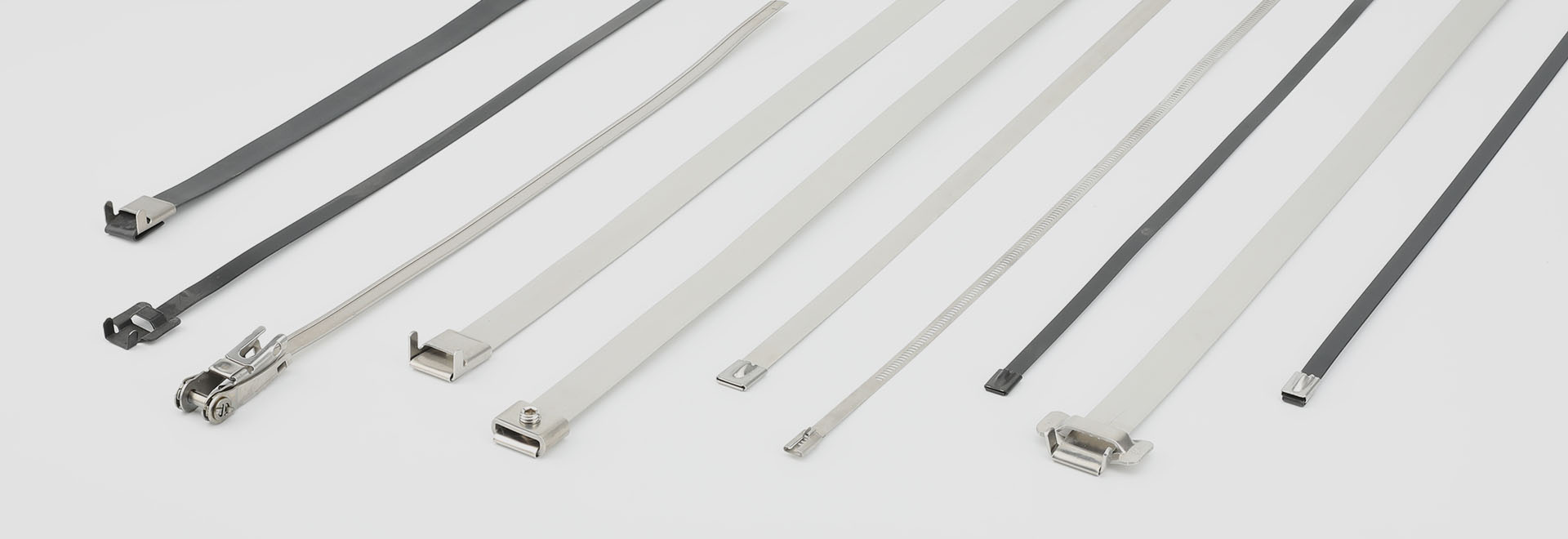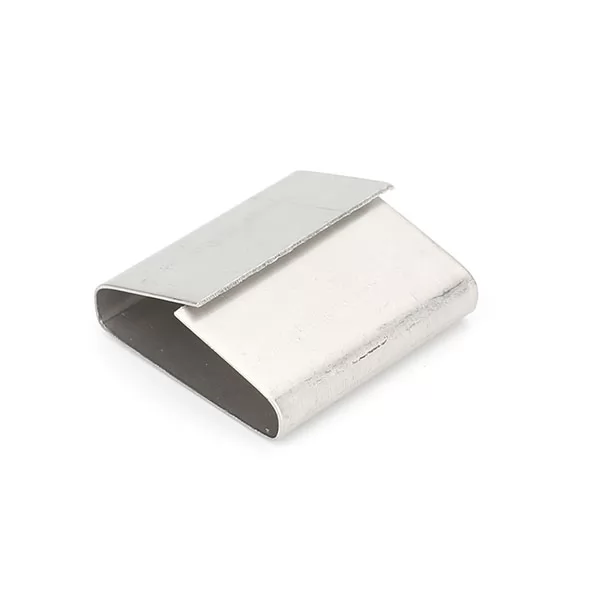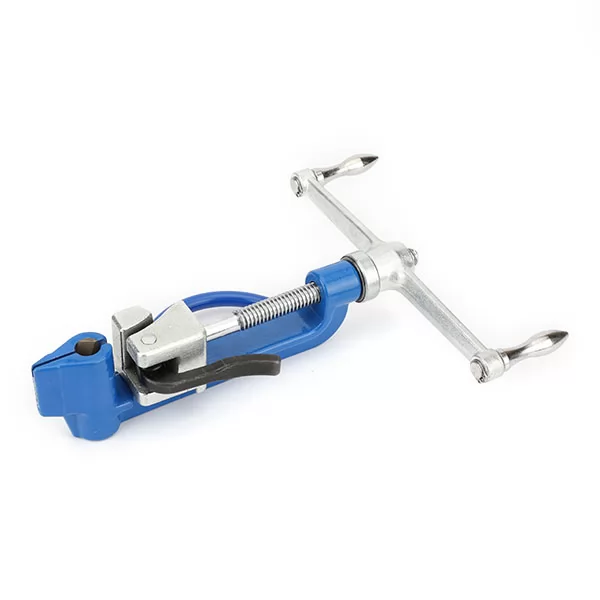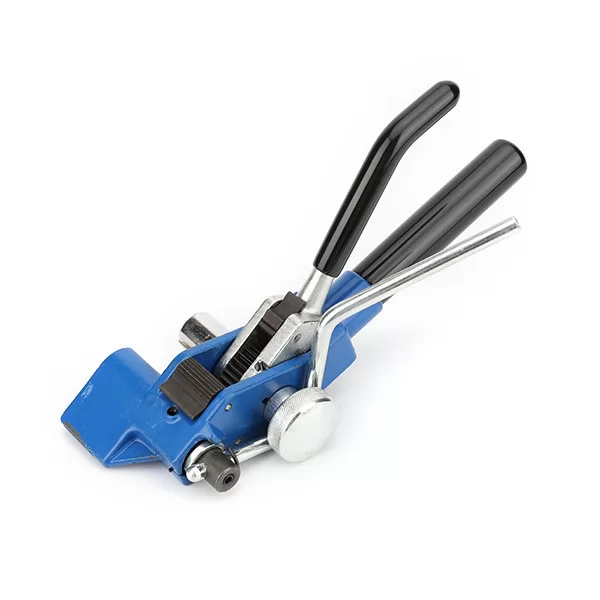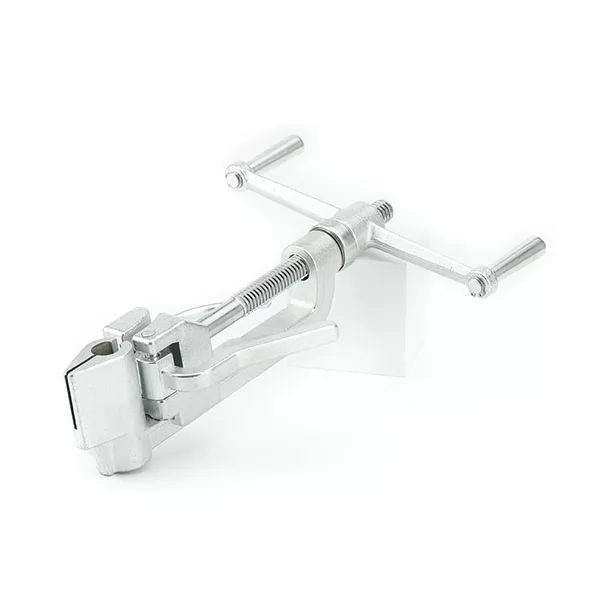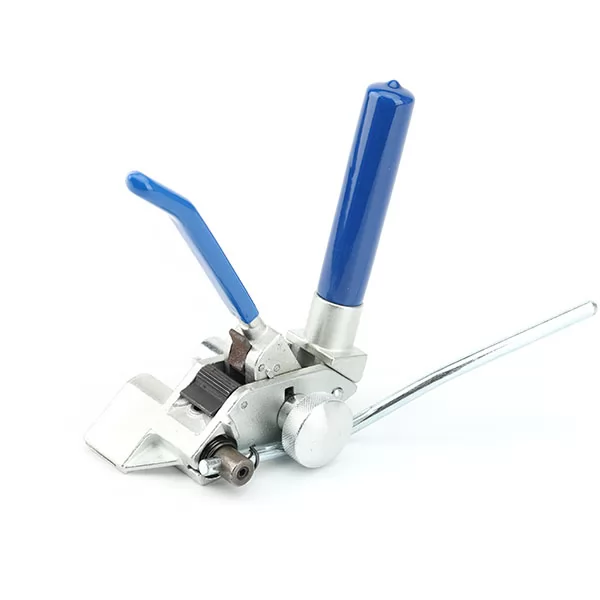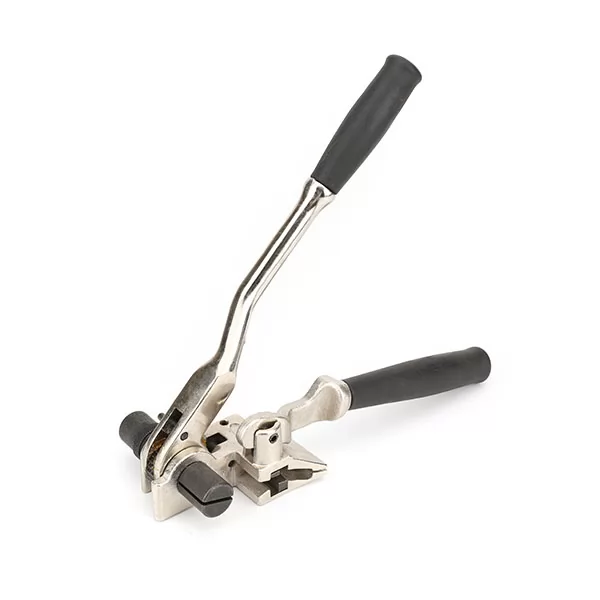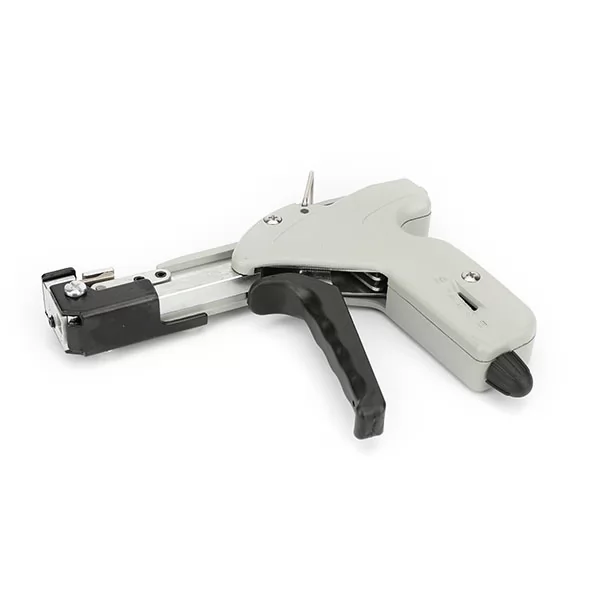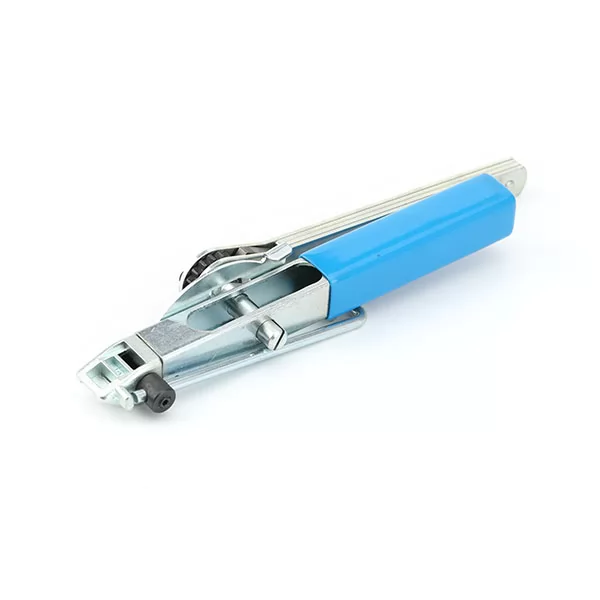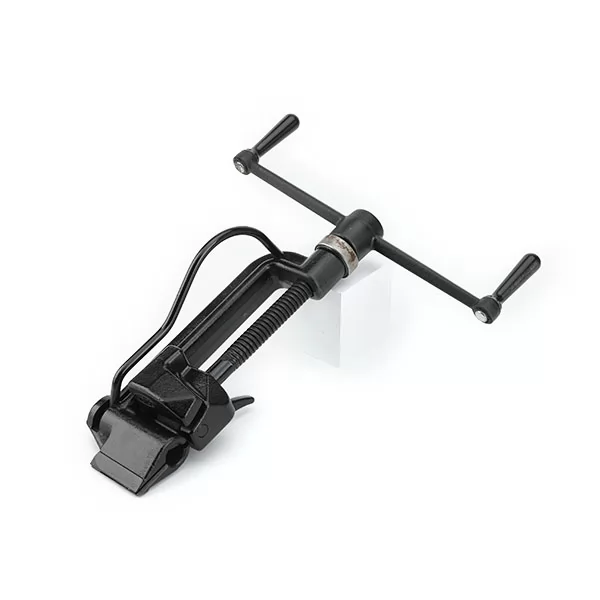3/4" strapping tool
Upgrade to the most efficient, ergonomic, and durable 3/4" strapping tool today—reach out now for personalized recommendations and take your industrial fastening to the next level!
1. Types of 3/4" strapping tool
1.1 Manual Tools
Manual strapping tools are handheld devices that rely purely on human force to tension, seal, and cut straps, making them lightweight and portable for low-volume or on-the-go applications. They typically weigh under 3 kg, fitting easily into jobsite tool belts or mobile kits. While they demand more physical effort, they also provide cost-effective entry-level solutions that require minimal maintenance and no power source.
1.2 Pneumatic Tools
Pneumatic strapping tools leverage compressed air to automate tensioning, sealing, and cutting sequences, delivering consistent seal quality, faster cycle speeds, and reduced operator fatigue—ideal for medium to high-volume environments. Popular models include Signode’s push-type, seal-feed, and sealless pneumatic sealers, which accommodate irregular package shapes and eliminate reloads in sealless versions.
1.3 Battery Tools
Battery-powered strapping tools combine portability with automation, running on rechargeable Li‑ion batteries for untethered operation across large yards or multiple workstations. For example, Signode’s GripPack tensioner features an 18 V Li‑ion battery delivering up to 120 cycles per charge, a one‑touch operation, and adjustable tension settings—balancing power with ergonomic design.
Key Advantages of Battery Tools (in Points):
Mobility: No air line or power cord needed—strap anywhere on site.
Speed &Consistency: Automated tension and seal cycles reduce variability.
Operator Comfort: Lightweight form factor and single-button controls minimize fatigue.
2. Seal-Based vs. Sealless Systems
2.1 Seal-Based Systems
Seal-based systems use single-use stainless steel seals crimped over strap ends to achieve the highest permanent tension retention and security. They’re favored in long-term storage, shipping, and heavy-duty applications where strap loosening is unacceptable.
2.2 Sealless Combination Tools
Sealless tools integrate notch or buckling mechanisms directly into the strap joint, removing the need for separate seals. This approach cuts inventory costs and reload time by up to 100%, making it perfect for high-throughput lines.
2.3 Buckle-Based Systems
Buckle-based solutions loop the strap through a reusable stainless steel buckle, allowing quick release and re-securing—ideal for adjustable bundling like temporary scaffolding or modular construction.
| System Type | Joint Method | Reusability | Ideal Use Cases |
|---|---|---|---|
| Seal-Based | Crimped Seal | Single-Use | Shipping, Long-Term Storage |
| Sealless | Notch/Buckle | Reusable | High-Volume Production Lines |
| Buckle-Based | Loop &Buckle | Reusable | Adjustable Bundling &Scaffolding |
3. Strapping Material Compatibility &Accessories
3.1 Strap Grades and Sizes
Choose between 304 stainless for general corrosion resistance or 316 stainless when molybdenum-enhanced durability is required for marine or chemical environments. Standard strap widths range from 12 mm for light-duty bundling up to 32 mm for heavy loads;thicknesses span 0.5 mm to 1.5 mm to match your tension needs.
3.2 Buckles &Seals
Various buckle geometries—quick‑lock, roller‑latch, or multi‑angle—serve different applications, while seal crimps come in single-action or double-action styles. The right combination ensures reliable joint strength and ease of application.
3.3 Tool Kits and Replacement Parts
Comprehensive kits bundle a tensioner, sealer, cutter, spare blades, springs, and straps—enabling immediate deployment. For continuous operations, stock OEM maintenance kits (blades, pawls, springs) to minimize downtime between service intervals.
4. Automation &Advanced Features
4.1 Fully-Automatic vs. Semi-Automatic Tools
Comparison in Points:
Fully-Automatic: Executes tension, seal, and cut with a single button press—maximizing throughput but requiring higher initial investment.
Semi-Automatic: Requires separate trigger actions for each operation step—offers better control at a lower cost, suited for varied bundle sizes.
4.2 Ergonomic &Safety Enhancements
Modern tools integrate anti-vibration handles, guarded blades, and automatic tension stops to reduce operator strain and enhance safety compliance. Fromm’s A483 pneumatic pusher, for instance, features a balanced design and sealed mechanisms to ensure reliability in continuous operations.
4.3 Digital Tension Indicators
Some high-end battery and pneumatic tools now include digital displays that record and show exact tension values—enabling quality audits and traceability for critical bundles.
FAQ
Q1:Which tool type is best for outdoor construction sites?
A:Battery-powered tools deliver the best portability and flexibility without needing power cords or air lines.
Q2:Can seal-based and sealless systems use the same tool?
A:Only specialized multi-function automatic tools support both;manual tensioners are generally dedicated to one joint type.
Q3:How often should I replace blades and springs?
A:Inspect tools monthly;replace blades and springs every 10,000–20,000 cycles or sooner if wear is visible.
Q4:Are digital tension indicators worth the extra cost?
A:For regulated industries or warranty tracking, the traceability provided by digital readings justifies the investment.
Conclusion
By understanding the strengths and trade-offs between manual, pneumatic, and battery 3/4" strapping tool—alongside system types like seal-based versus sealless—you can make an informed choice that balances throughput, cost, and operator comfort. Leverage accessory kits, maintenance practices, and advanced ergonomic features to maximize tool longevity and ensure safe, reliable fastening across your operations.
More Related Articles:

